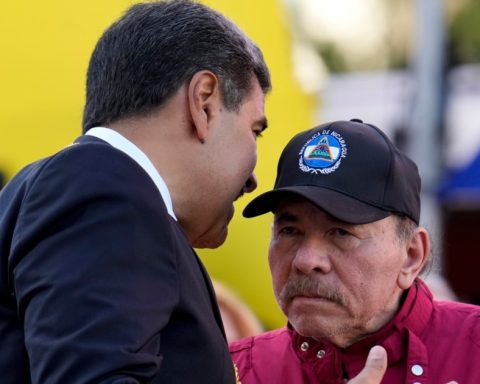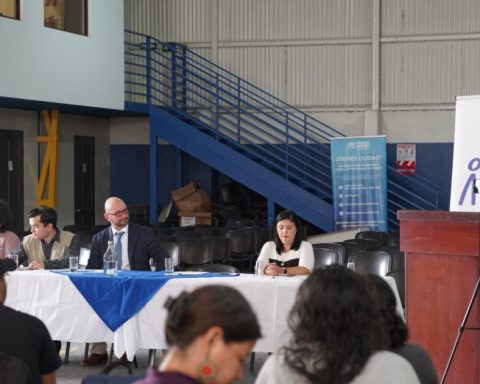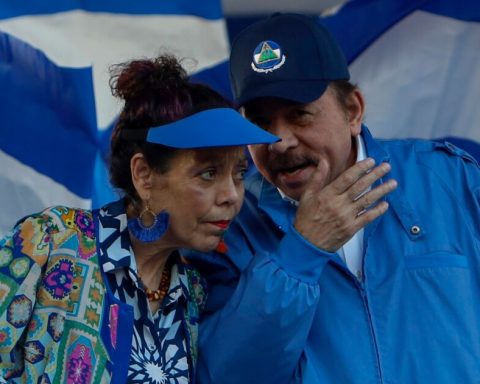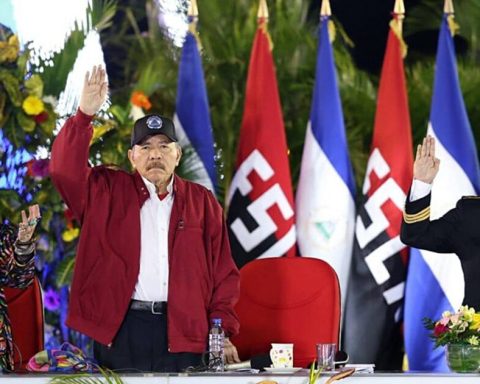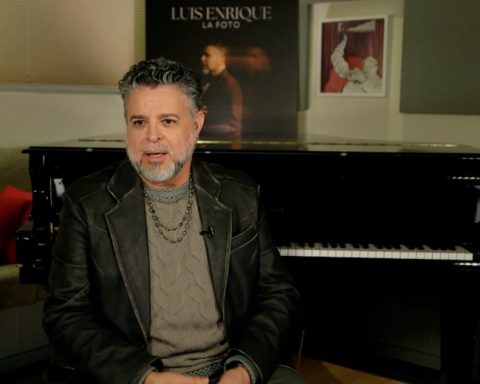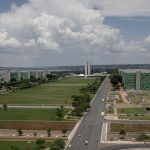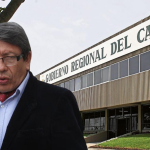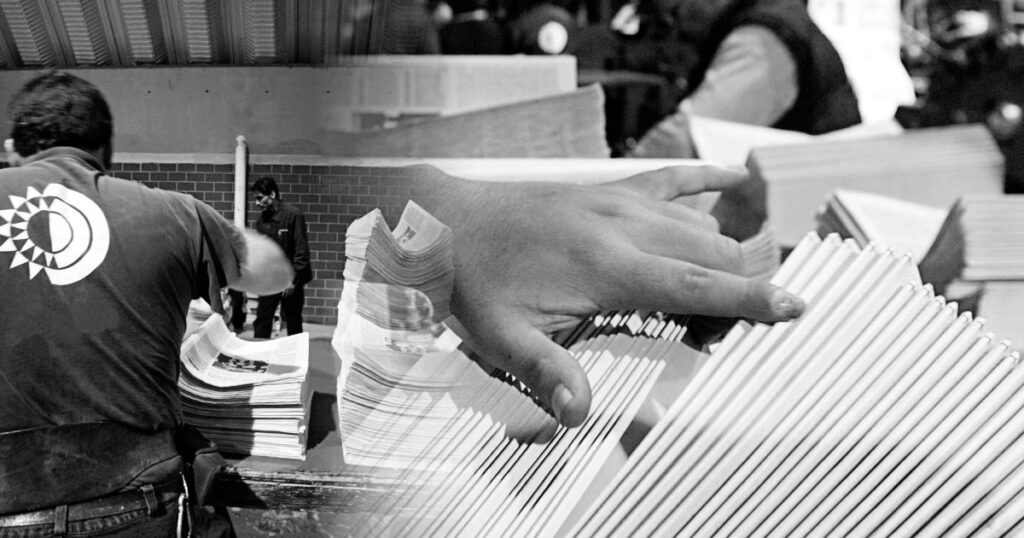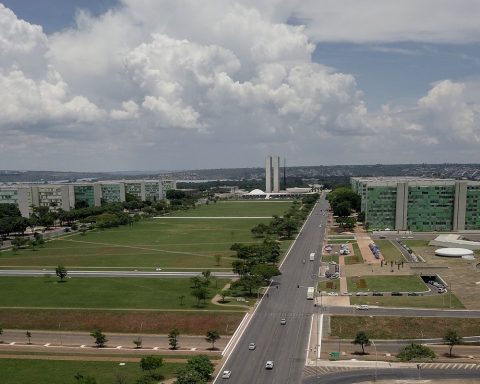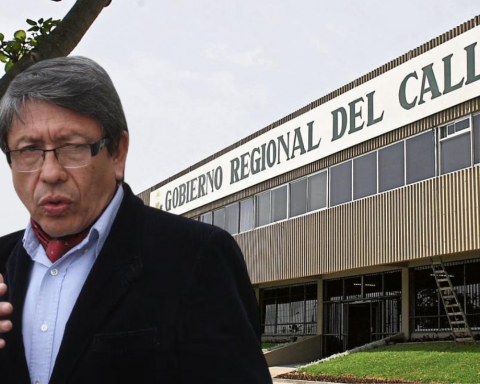A Nicaraguan farmer opted to produce cocoa instead of dedicating himself to livestock and now he sees the results, since he has a farm full of trees, his children meet their goals and he has achieved economic self-sufficiency.
Juan Benito Álvarez, who, like other peasants in the northern Caribbean of Nicaragua, seemed destined to be a farm laborer, is now admired by cattle producers, the same ones who previously advised him to plant grass and dedicate himself to animals.
“I told them: you with your cattle and me with my plantations. And there they were cutting down trees. Now they no longer cut down trees, because there are no more! Not even a mountain,” Álvarez commented from his own cocoa farm, five blocks of land, a story shared by the international organization Rikolto.
The benefits, however, were not instant. Álvarez spent decades growing cocoa before learning profitable production techniques with the project “Improving the productive and organizational capacities of cocoa producers in the Mining Triangle” (PROCACAO).
“Before, I didn’t know about grafting or plant management, through the Copesiuna cooperative, which is the executor of PROCACAO, we get the knowledge from the technicians who are paid by both,” explained the farmer.
PROCACAO is a project executed by the United Nations Industrial Development Organization (UNIDO), with the financial support of the Swiss Development Cooperation (COSUDE), in the municipality of Siuna, in the North Caribbean Autonomous Region.
Related news: Spain trains Nicaragua in cocoa production and trade
It is “an innovative development model that has allowed the production of fine aroma cocoa with environmental, economic and social impacts on families of small producers thanks to a win-win relationship with their Copesiuna cooperative,” Rikolto explained.
With the new cocoa production techniques, Álvarez went from producing 15 pounds (6.7 kilos) of slime every fortnight to a total of 104 pounds (46.7 kilos).
Now that he knows how to prune and graft, that he is capable of removing 35 ears of corn from a single tree and that he plans to produce twice as many in two years, the farmer refuses to have “lazy plants”, that is, those that do not produce enough.
Alvarez’s story is not unique. Some 1,250 cocoa-producing families have the support of PROCACAO, which is currently developing its second phase in Nicaragua, Rikolto said.
THE COCOA OF NICARAGUA, AMONG THE BEST IN THE WORLD
In the case of Copesiuna, it delivers its production to the German chocolate maker Ritter Sport.
In addition to receiving quality plants, Siuna cocoa producers have access to exchanges of experience with their peers in Peru and the Dominican Republic, among other countries, through the same chocolate maker, to guarantee high quality in aroma and flavor, he said. Alvarez.
The PROCACAO project is part of the Cocoa Committee of Central America and the Dominican Republic (SICACAO).
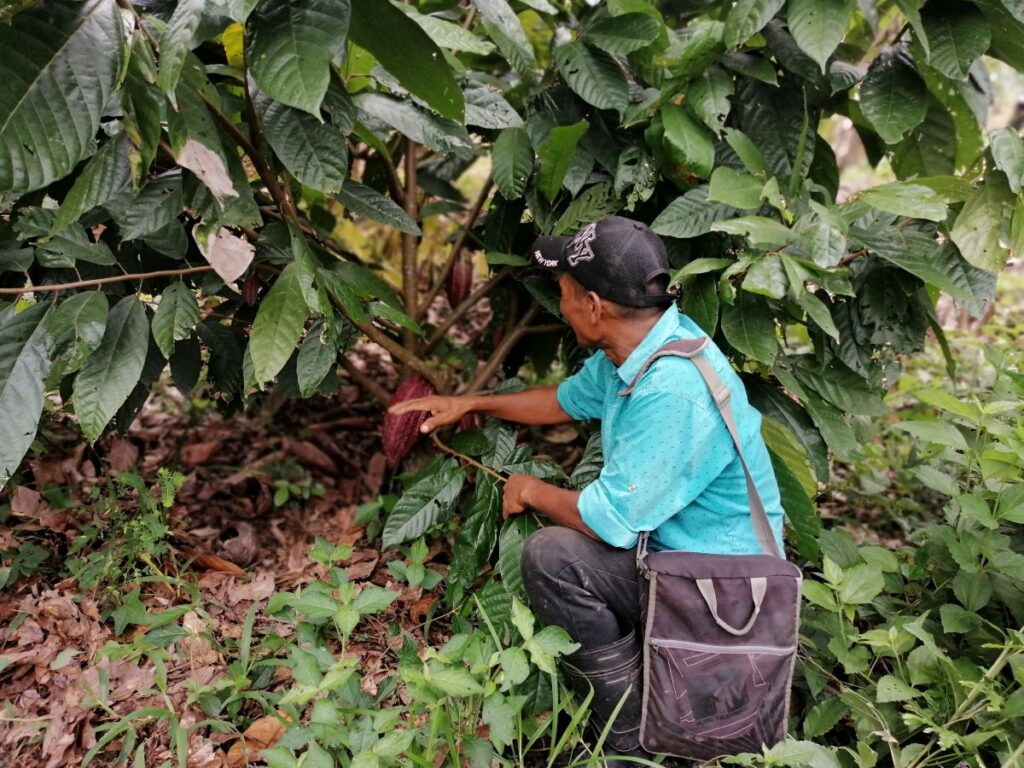
SICACAO “is contributing to the implementation of the Regional Cocoa Strategy, whose objective is to promote competitive and sustainable development in the economic, social, cultural and environmental spheres of the cocoa subsector in the region of SICA (Central American Integration System) countries. ”, Rikolto stressed.
The quality of Nicaraguan cocoa led the bean to be recognized as one of the 17 best in the world at the 2015 International Cocoa Awards, held in France.
That same year, Nicaraguan cocoa entered the list of countries producing fine or flavor cocoa of the International Cocoa Organization (ICCO), with an approval level of 100%.
Álvarez has a nursery of forest species, such as mahogany, royal cedar, laurel, mango, avocado, orange and temporary plants,
Those who recommended Álvarez to dedicate himself to ranching no longer do so. “They come here to be sold trees” for beams. “They finished with that and now they buy the wood,” he pointed out.

